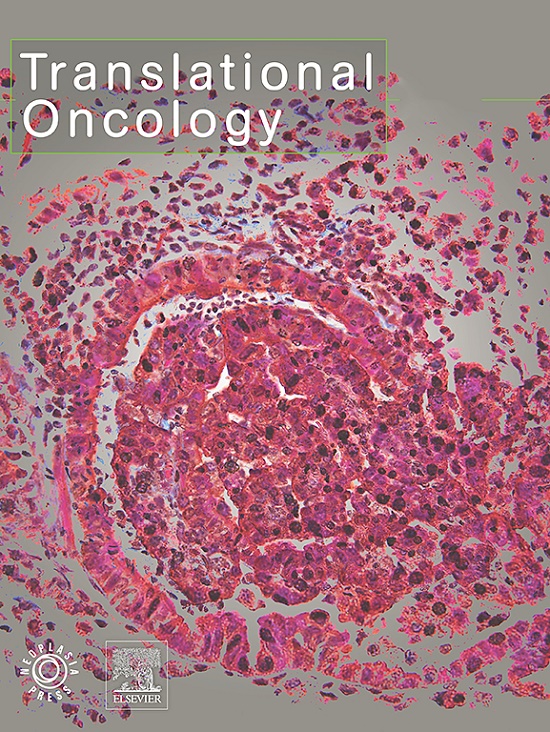Currents status of radiotracers for breast cancer imaging in PET
IF 5
2区 医学
Q2 Medicine
引用次数: 0
Abstract
Radiolabeled molecules have become valuable tools in the diagnosis, monitoring, and treatment of cancer, particularly breast cancer. Through the use of radiotracers, clinicians can target specific tumor cells, assess microenvironments, and identify metastases. These radiopharmaceuticals, based on radionuclides, enable both imaging and therapeutic applications, leading to personalized cancer treatment. Techniques such as PET, SPECT, and the use of nanoparticles for theranostics are at the forefront of innovation, offering improved precision in both diagnosis and therapy. This review explores the various ways in which radiotracers are leveraged in modern oncology, with a focus on breast cancer, and highlights recent advancements in targeted radionuclide therapy and nanoparticle-based applications.
放射示踪剂在乳腺癌PET成像中的应用现状
放射性标记分子已成为诊断、监测和治疗癌症,特别是乳腺癌的宝贵工具。通过使用放射性示踪剂,临床医生可以针对特定的肿瘤细胞,评估微环境,并识别转移。这些基于放射性核素的放射性药物可用于成像和治疗,从而实现个性化的癌症治疗。PET、SPECT等技术和纳米颗粒在治疗学中的应用处于创新的前沿,在诊断和治疗方面都提供了更高的精度。这篇综述探讨了放射性示踪剂在现代肿瘤学中应用的各种方式,重点是乳腺癌,并强调了靶向放射性核素治疗和纳米颗粒应用的最新进展。
本文章由计算机程序翻译,如有差异,请以英文原文为准。
求助全文
约1分钟内获得全文
求助全文
来源期刊

Translational Oncology
ONCOLOGY-
CiteScore
8.40
自引率
2.00%
发文量
314
审稿时长
54 days
期刊介绍:
Translational Oncology publishes the results of novel research investigations which bridge the laboratory and clinical settings including risk assessment, cellular and molecular characterization, prevention, detection, diagnosis and treatment of human cancers with the overall goal of improving the clinical care of oncology patients. Translational Oncology will publish laboratory studies of novel therapeutic interventions as well as clinical trials which evaluate new treatment paradigms for cancer. Peer reviewed manuscript types include Original Reports, Reviews and Editorials.
 求助内容:
求助内容: 应助结果提醒方式:
应助结果提醒方式:


